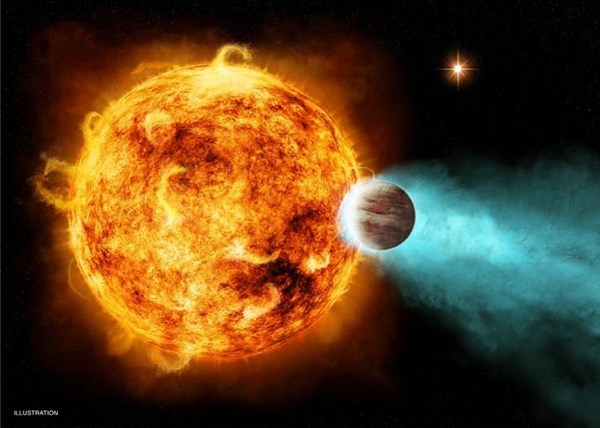HAMPTON , Va., April 28, 2015 (GLOBE NEWSWIRE) -- Hampton University Professor William B. Moore and a team of HU researchers have been selected by NASA to lead the Living, Breathing Planet Project. This project, funded through a $3.8 million grant from NASA's Astrobiology program, is a part of the NASA Exoplanet System Science (NExSS, pronounced "nexus") program. This research will help determine the past and present habitability of Mars and even Venus and will form the basis for identifying habitable and eventually living planets around other stars.
"The search for life and living worlds beyond Earth addresses some of most profound questions humanity can ask," said Moore. "Hampton University's Atmospheric and Planetary Science department is bringing its expertise in atmospheric measurements and planetary science together with our university, industry, and NASA partners to understand what future observations of planets around other stars can tell us about the likelihood of life there."
The Living, Breathing Planet team will conduct a multi-disciplinary investigation into the way that stars use magnetic fields and stellar winds to strip or sometimes sip away the atmospheres of planets that orbit them. Moore will lead researchers from HU's Atmospheric and Planetary Science Department, the Harvard-Smithsonian Center for Astrophysics, NASA Goddard Space Flight Center, the National Institute of Aerospace, Science Systems and Applications, Inc., the University of Maryland College Park, the University of Virginia, and Virginia Tech to study how the loss of hydrogen and other atmospheric compounds to space has profoundly changed the chemistry and surface conditions of the planets of the Solar system and those being discovered around other stars. Up to 5 Hampton University graduate students will be supported by this project, and opportunities to join the team are available.
"This interdisciplinary endeavor connects top research teams and provides a synthesized approach in the search for planets with the greatest potential for signs of life," says Jim Green, NASA's Director of Planetary Science. "The hunt for exoplanets is not only a priority for astronomers, it's of keen interest to planetary and climate scientists as well."
The team's investigation will reach across vast distances using data collected from telescopic and spacecraft investigations of the planets orbiting our sun and other stars. The team will integrate geochemical, atmospheric sampling, remote sensing and telescopic observations with detailed physical models to investigate the processes that link the destiny of a planet's atmosphere with the dynamics of its host star and space environment in order to answer fundamental questions about what makes a planet habitable and how habitability can be reliably identified.
"NExSS is a new way for NASA to bring together its broad spectrum of talent to illuminate problems of fundamental significance to humanity," said Moore. "The program includes participation from all four branches of NASA science: Astrophysics, Earth Science, Heliophysics, and Planetary Science, and we at Hampton University are excited about our role leading a team."
Photos accompanying this release are available at:
http://www.globenewswire.com/newsroom/prs/?pkgid=32473
http://www.globenewswire.com/newsroom/prs/?pkgid=32474

